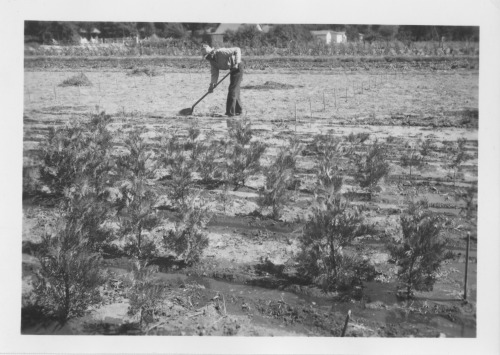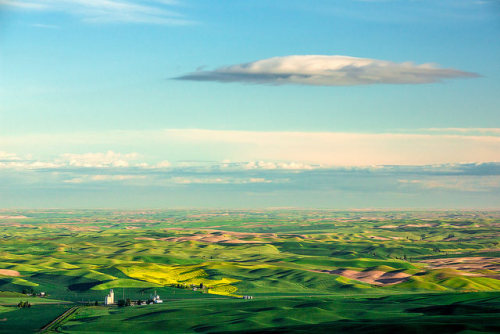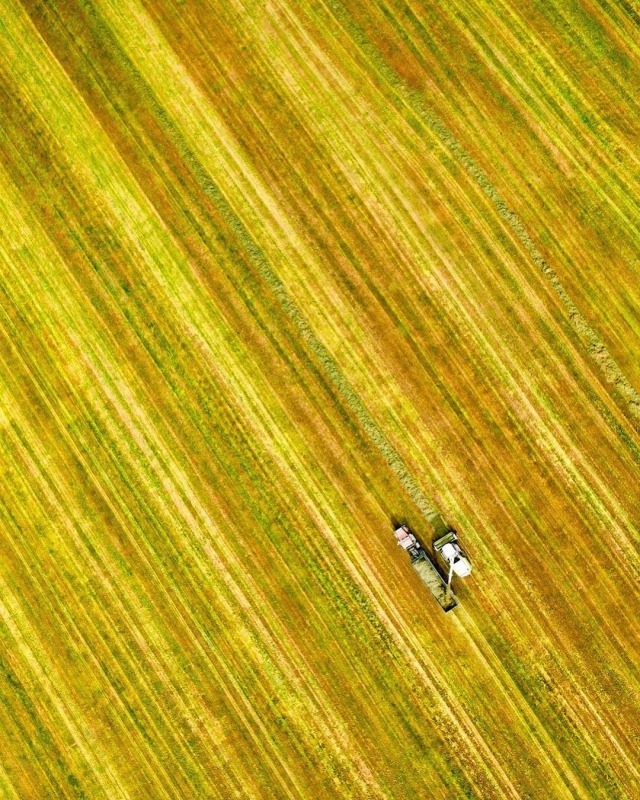#agriculture
Animal agriculture contributes to massive emissions of green greenhouse gases, furthering climate change. This business also sends a massive amount of runoff waste into waterways, eventually reaching coral reef communities and doing a mountain of harm.
#EatForThePlanet #friendsnotfood #farms #farming #agriculture #factoryfarms #cows #pigs #chickens #horses #goats #green #sustainable #sustainableliving #livegreen #greenisthenewblack #environment #environmentalism #savetheenvironment #dairycow #dairy #meat #meatismurder
Post link
National Agriculture Day
Today we celebrate National Agriculture Day, a time to recognize the value of agriculture in our daily lives. From the food we eat to the clothes we wear, agriculture is essential to all people. According to the Agriculture Council of America, there are 3.75 million Americans employed full- and part-time in agriculture, including forestry, fishing, and other activities.

For more information about National Ag Day, visit the Agriculture Council of America website. For general information, visit the U.S. Department of Agriculture website.
Post link
Most people don’t realize that conventional dairy already has been focused on sustainability, we just don’t advertise
- We sequester carbon with the crops growing for the cows
- We use organic fertilizer from the cows instead on relying on synthetic fertilizers
- We recycle all our water to grow crops for the cows
- Cows up-cycle food byproducts into usable nutrition that would otherwise go to a landfill
Cows are a valuable part of the earths ecology and ecosystems. Many dairy farms today are installing methane digesters- that take cow manure, capture the emissions, and make renewable power. Installing these systems make dairies carbon negative meaning they are taking out more emissions than they are creating.
Don’t forget to workout your calves
Incoming #shesbad #cows #dairyfarmer #ohno #suprise
The truth about cows and the environment
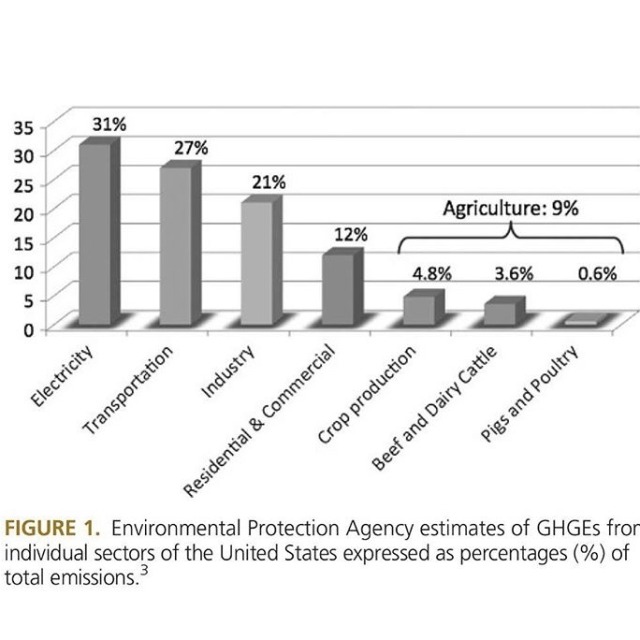
Cows account for less than 4% of GHG emmisions in the U.S. while crops produce 4.8%
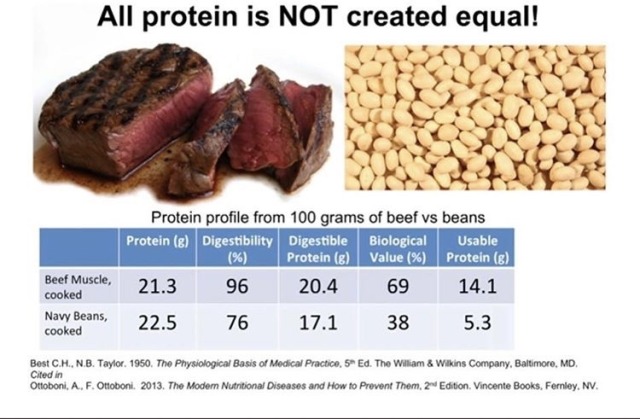
Cows take worthless grass/cellulose (that people can’t digest) and convert to nutrient dense foods. Without cows, you would need significantly more plant agriculture/ and environmental resources i.e. land, water

As a result changing your diet to vegan will only reduce your environmental impact as much as reducing 1 transatlantic flight

People forget though that cows are an important part of the earths ecology and nessesary- they perform an important function.


Methane from cows remains constant in the atmosphere— 10-15yrs— while C02 from fossil fuels accumulate in the environment— C02 lasts 100yrs. The key to reducing our environmental impact is not from changing our diet but reducing our dependence on fossils fuels

Dairy farmers in the U.S. have reduced their environmental impact 63% over the last 65 years. They’ve been able to produce more milk with less cows.
And many farmers today are working to convert the methane to renewable energy. Implementing this technology on dairy farms will allow these farms to become carbon-negative. Meaning they’ll be pulling more carbon out of the system than they put in- while producing renewable energy and food.
Cows have the potential to be the great change makers in our society
Cows can change our world for the better
Trick or Treat
When you find something good

Caprese everything this summer with all these tomatoes
Tomatoes, mozzarella, basil

Are cows living in crowded conditions?
A lot of people may see a big group of cows and think that they’re being overcrowded- but are they. Cows are social animals and need friends to live. Researchers have found that cows develop lifelong friendships and I’ve been able to witness that firsthand seeing them with the same friends. Cows are herd animals and naturally live in large groups. It’s all about Cowmunity
When given a choice, cows will voluntarily crowd themselves in small areas. They feel safer in a group and won’t stray far from the main herd. You will rarely see a cow off by herself- though there is a loner in every group.
In the 1800s, pioneers and settlers traveling the midwestern plains of North America seen the wild bison herds. Some researchers have concluded that the bison population reached 300 million animals. For perspective, there is only 9 million dairy cows in the US today. The strange thing is that even though the bison had all the freedom in the world, they still chose to live in tight knit communities called herds.
I suppose people aren’t much different. When flying into LAX- Los Angeles you can see houses for miles around. People are also social beings and live in tight knit communities.
Doing rough math, people may be more crowded. Consider this- a New York City block can have over 1,400 people in a 100,000 sq. ft. Area. A dairy farm of 1,400 cows may be situated on 10 acres of ground= 430,000 sq. ft. meaning that cows have much more space than some people. And there are cities that are more crowded than NYC.
Cows today are living very comfortably on farms. The goal is to make sure that they’re comfortable and have the least amount of stress possible.
So many satisfied ladies













